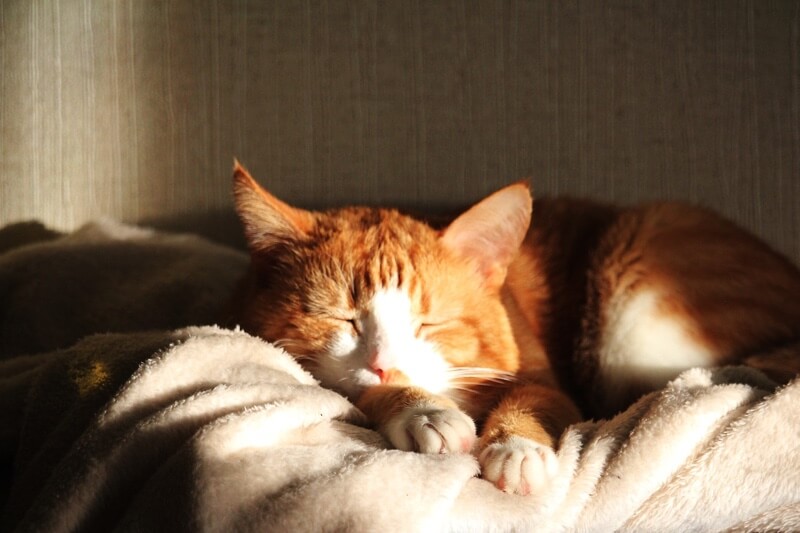Caring for Your Dog’s Fur
A dog’s coat can vary from one breed to the next, and each has different grooming needs. Read about curly-haired, double-coated, and hairless dogs.
Feline leukemia virus, also known as FeLV, is one of the more common infectious diseases affecting cats.
Based on the name, you might think that FeLV is a blood cancer like leukemia in humans. But it is actually a contagious retrovirus that suppresses a cat’s immune system. The virus can result in secondary infections and some forms of cancer, which can be life-threatening.
FeLV is spread between cats through saliva, blood, nasal secretions, urine, or feces. It can be transmitted via bite wounds, deep scratches, or behaviors such as sharing food or water bowls, using the same litter box, or engaging in mutual grooming. In addition, mother cats can pass it to their kittens while they are developing in the womb or through their milk when nursing.
FeLV can affect cats of any age or breed. However, it is a particular concern for cats who roam outside or felines in a shelter and other group environments where they can come into contact with potentially infected cats.
A vaccine is available for FeLV, and the American Association of Feline Practitioners (AAFP) recommends cats in these categories receive the vaccine:
Wondering if your cat should be vaccinated for FeLV? Be sure to discuss it with your veterinarian at your next appointment.

Cats in the early stages often don’t show any signs of the virus. However, as time goes on, the infected cat’s health may begin to decline. Symptoms of FeLV include:
You may also notice other signs your cat is sick, such as a messy coat due to poor grooming, lethargy, or increased irritability.

There are two blood tests for FeLV. The first is called ELISA, which can often be done in your veterinarian’s office. This test detects FeLV proteins and can help identify an infection in the initial stages. Cats can occasionally clear the virus, so ELISA-positive cats may need to be tested again at a later time.
The second test is known as IFA. It is recommended for cats who are ELISA-positive, and it evaluates the progression of the virus. Cats who are IFA-positive do not normally clear the virus from their system and usually have a poor long-term prognosis.
The AAFP recommends that all cats get tested for FeLV at appropriate intervals. If you are not sure if your cat has been tested for FeLV, ask your veterinarian at your next check-up. And please make sure you take your cat in for those important exams. Too many cats don’t get the wellness care they need. If you’re worried about cost, consider pet insurance with a preventive care coverage option.

Unfortunately, there is no cure for FeLV, but there are things you can do to help an infected cat live longer and more comfortably. For instance:
You should also keep an eye on your cat for physical changes like weight loss or behavior issues such as increased anxiety, irritability, or aggression. If you notice any changes that concern you, consult with your veterinarian.
If you have an infected cat, you must take steps to avoid spreading the virus. For example, do not let the cat outside or around uninfected cats. If you have an uninfected cat already living in the home, you should separate them as much as possible. Also, make sure they have their own litter boxes, food dishes, and water bowls.
You should avoid getting a new cat if you have an infected cat at home. This is true even if the new cat is vaccinated for FeLV. Vaccinations are not always 100% effective, so the new cat could still be at risk for infection. A new family addition can also be stressful for the infected cat, and that stress could take a toll on their health.

The best form of prevention is to keep your cat away from infected cats:
One ASPCA Pet Health Insurance customer filed a claim for more than $1,765* for an infected cat.
Pet insurance can help you manage the costs of treating a cat with FeLV. Those costs can rise quickly, especially if hospitalization, chemotherapy, and other advanced treatments are needed. One ASPCA Pet Health Insurance customer filed a claim for more than $1,765 for an infected cat.* You can also get reimbursed for screenings, vaccines, and annual visits if you add preventive care coverage at a low additional cost.
Don’t wait until your cat is sick—get a free quote now!
*Internal Claims Data, 2016
(opens new window)